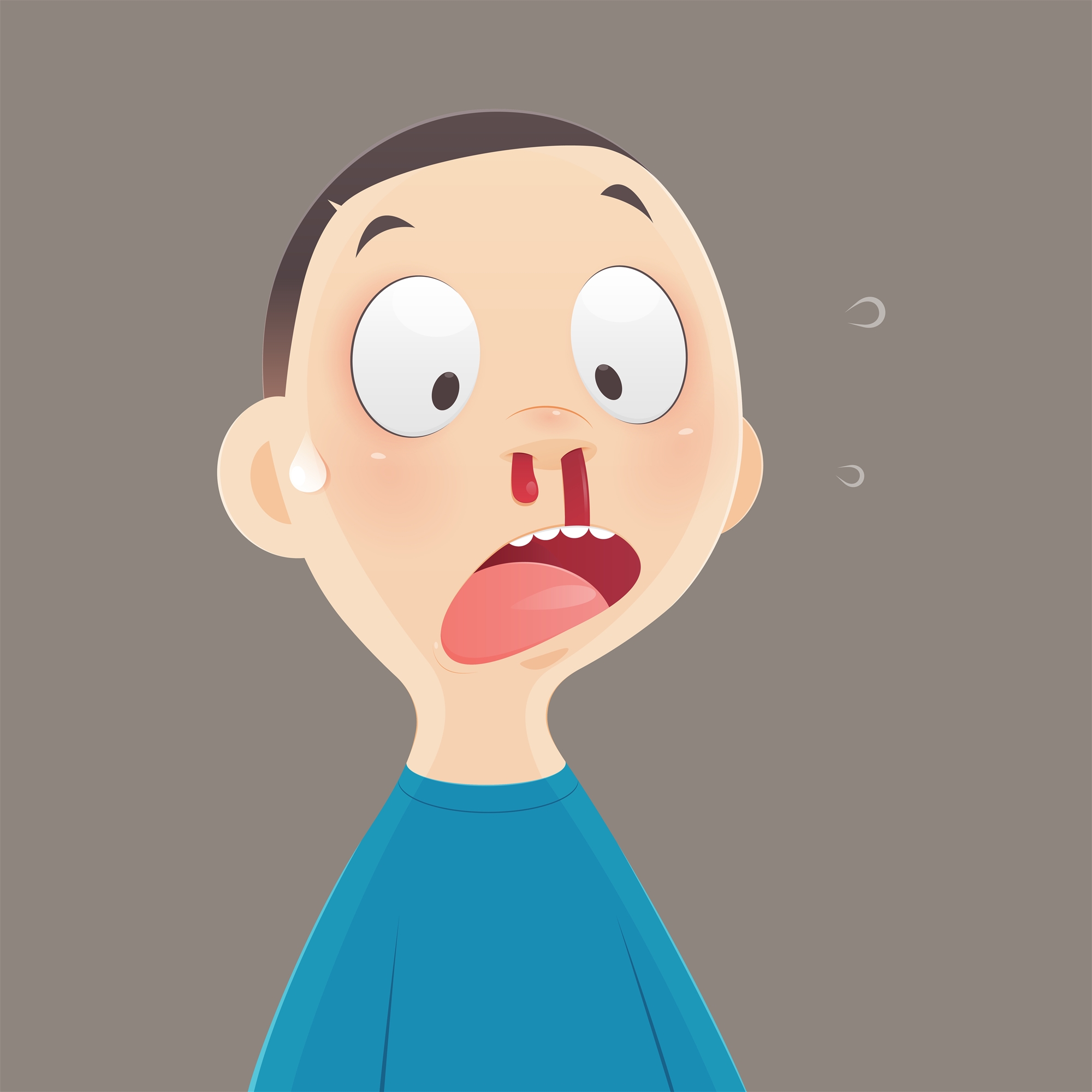Von Willebrand disease (VWD) is a bleeding disorder. People with the disorder sometimes bruise easily or bleed too much when they get cut. VWD is the most common inherited bleeding disorder, affecting up to 1% of the population.
Causes of vWD
VWD is caused by an abnormal gene and runs in families. In some cases, a family might not know about it if the disease is mild. VWD is a genetic disorder caused by missing or defective von Willebrand factor (VWF), a clotting protein. VWF binds factor VIII, a key clotting protein, and platelets in blood vessel walls, which help form a platelet plug during the clotting process.
Symptoms
People with VWD experience frequent nosebleeds, easy bruising and excessive bleeding during and after invasive procedures, such as tooth extractions and surgery. Women often experience heavy menstrual bleeding (heavy menstrual periods that last longer than average), and hemorrhaging after childbirth
The possible symptoms of vWD are:
- Easy bruising.
- Frequent or prolonged epistaxis (more than 30 minutes).
- Bleeding gums.
- Prolonged bleeding from minor wounds.
- If the menstrual volume is excessive (resulting in repeated iron-deficiency anemia), or the menstrual period is prolonged (for example, the menstrual period exceeds seven days, etc.), a menstrual bleeding scale can be used to evaluate whether the menstrual volume is excessive.
- Recurrent upper and lower gastrointestinal bleeding.
- Prolonged bleeding after injury, surgery, or dental surgery.
Many vWD patients have mild or no symptoms, while severe vWD patients may have more bleeding problems, and their symptoms may change with time. Most patients will only discover that they have vWD after a serious accident, or after a dental or surgical operation that causes prolonged bleeding or poor wound healing.

Diagnosis
- vWD is not easy to be diagnosed. If you suspect that you have bleeding problems, you should consult a hematologist. The Hemophilia Center can conduct regular tests. Since VWF protein has many functions, it needs many laboratory tests to identify vWD types.
vWD types
- The three types of vWD are:
|
Type 1 (mild) |
More than 80% of all vWD cases fall into Type 1. The patient's VWF factor is slightly lower than normal and changes with stress, pregnancy and disease, making diagnosis difficult and requiring multiple blood tests. Symptoms are mostly mild. However, some patients with type 1 may have severe bleeding. |
|
Type 2 (medium) |
In about 20% of all vWD cases, VWF function is defective and the VWF protein does not work properly, resulting in a lower than normal level of VWF activity and usually moderate symptoms. |
|
Type 3 (severe) |
One patient is diagnosed with this type out of 300,000 to 500,000 people. This type has little or no VWF and most symptoms are noticed early. Such patients may experience spontaneous bleeding, muscle or joint bleeding. |
Treatment
|
DDAVP |
Nasal sprays or subcutaneous injection is usually effective in the treatment of type I vWD, and can control bleeding in emergency or surgery. However, not every patient can use this preparation and they may have hyponatremia or oliguria. It needs to be tested to determine whether this medicine is effective for you before treatment. |
| Factor VIII plasma concentrate | Used when DDAVP is ineffective or patients at risk of major bleeding. Clotting factor concentrates contain vWF and factor VIII, which can be used against type II and type III vWD, as well as against all types of vWD patients during severe bleeding or major surgery. |
| Hemostat | Commonly used hemostatic drugs, such as Transamine, can treat bleeding in mucosal areas such as the nasal cavity, oral cavity, intestinal tract or uterus. The role of these drugs is to prevent blood clots from dissolving at wounds, thus achieving hemostatic effects. |
Instructions
- Carry with you the treatment manual, which contains information about the disease you are suffering from, as well as the name or telephone number of the doctor or hemophilia center. In case of emergency, the medical staff can learn about your disease from the manual or other labels.
- Parents should inform the school of basic knowledge of vWD and the corresponding knowledge of handling skills. The most common symptom students encounter on campus is epistaxis.
- Register or visit a hemophilia center, which provides the highest level of care and services.
- Consult your doctor before using any drug. Avoid using over-the-counter drugs that interfere with blood clotting.
- Exercise regularly to keep your joints and muscles strong and healthy.
- Before traveling, please check the address and telephone number of the local hemophilia center and take the information with you.
- Once those with vWD get pregnant, please inform your obstetrician-gynecologist. He/she should cooperate with the doctor of the hemophilia center so as to provide the best medical treatment for you during pregnancy and delivery.

